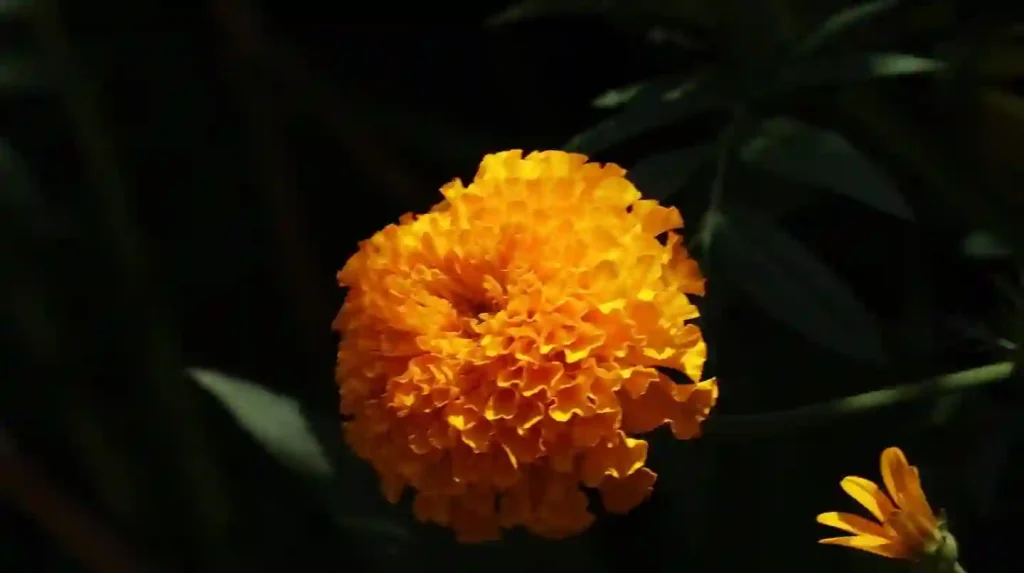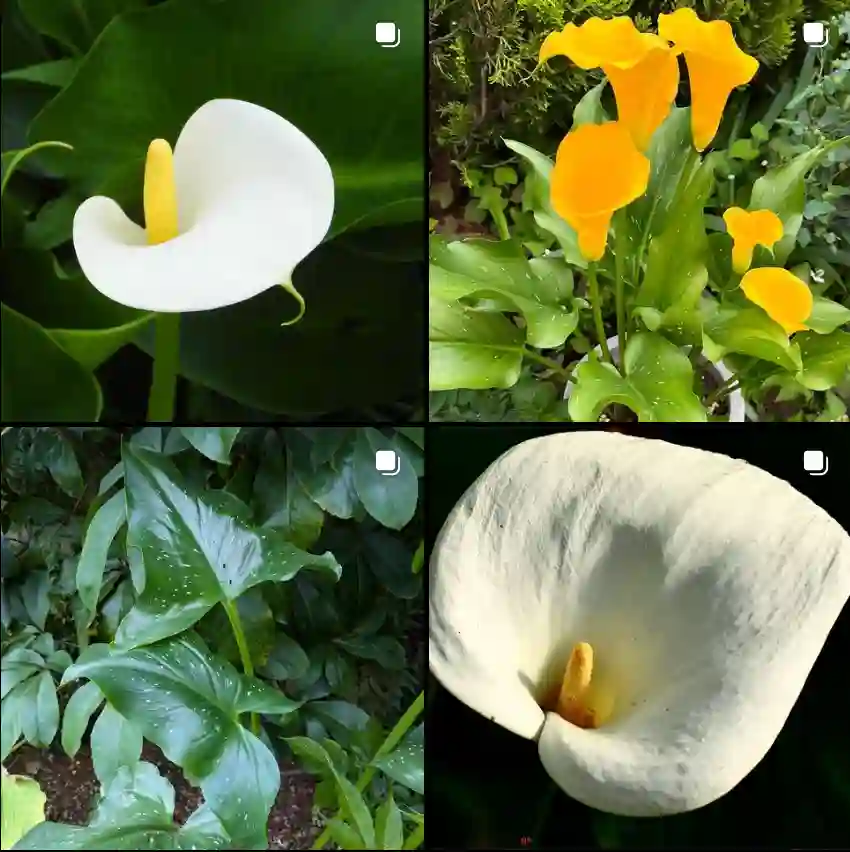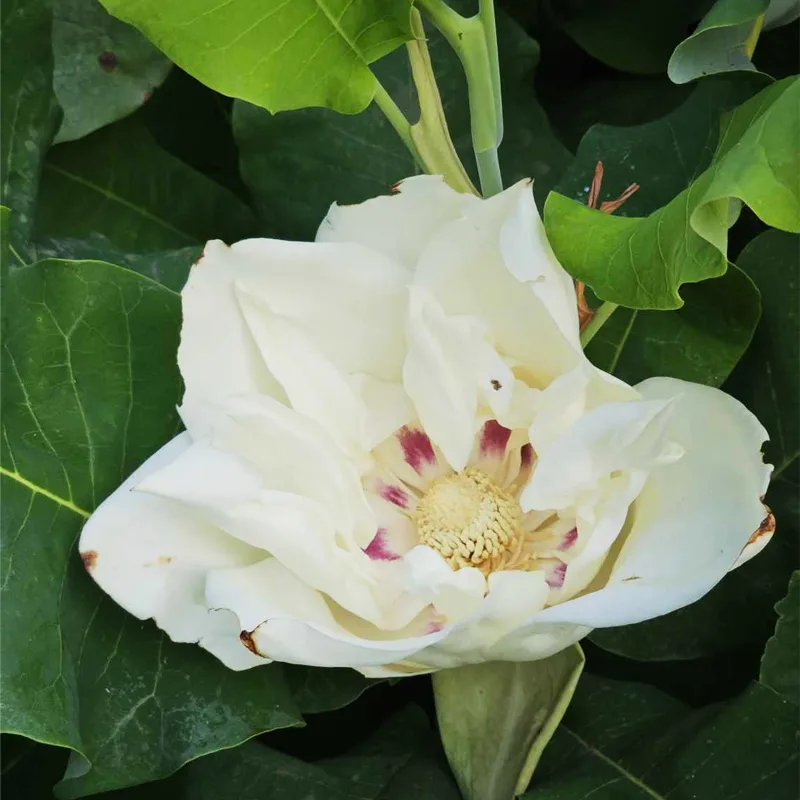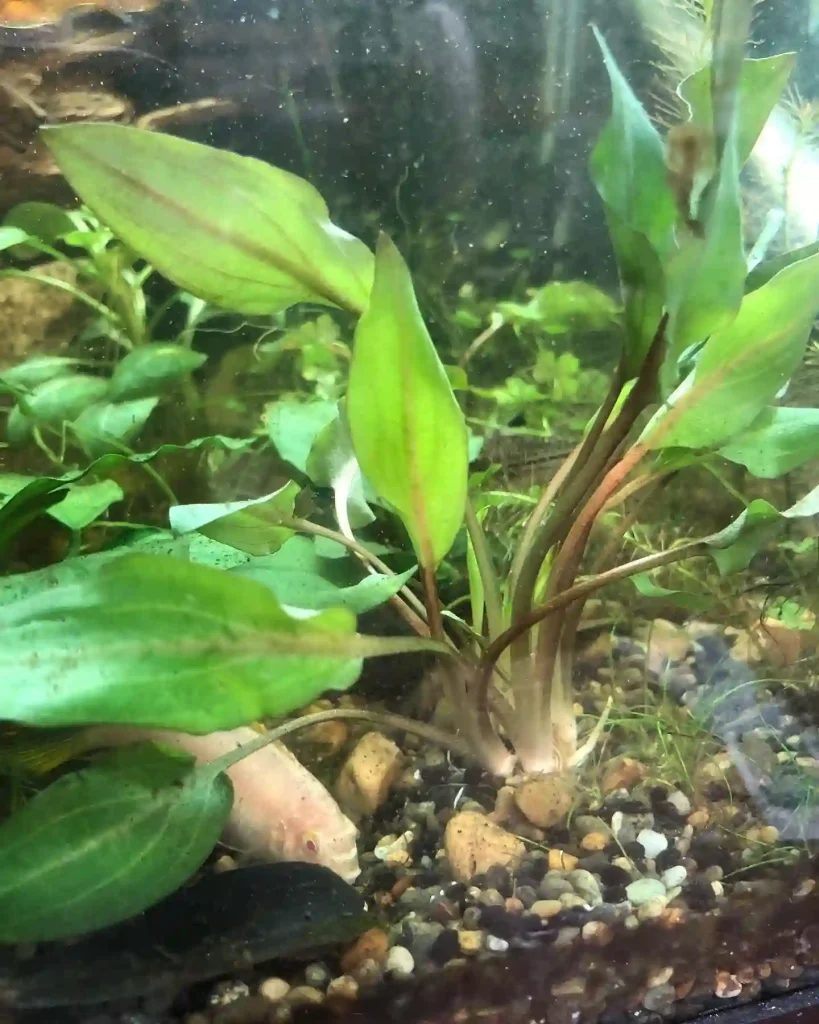FAQs About Abies Grandis
Abies Grandis, commonly known as the Grand Fir, is a majestic evergreen tree that I’ve found quite fascinating. If you’re considering adding this species to your garden or landscape, you might have several questions. Here’s a comprehensive guide based on my experiences and knowledge about Abies Grandis.
48 Species in Genus Abies
What Is Abies Grandis?
Abies Grandis, or Grand Fir, is a large coniferous tree native to the Pacific Northwest of the United States. It’s known for its tall stature, often reaching up to 200 feet in height in its natural habitat. The Grand Fir features a dense, conical crown with flat, needle-like leaves that are dark green on top and silvery beneath. It produces cylindrical cones that hang down from the branches, which add to its ornamental appeal.
Is Abies Grandis in Vermont?
Abies Grandis is not native to Vermont. Its natural range extends from southern British Columbia through Washington, Oregon, and northern California. However, it can be grown in Vermont with proper care. The climate in Vermont is cooler and can support the growth of Abies Grandis if you provide the right conditions, such as well-drained soil and adequate moisture.
How to Care for Abies Grandis?
Caring for Abies Grandis involves a few key considerations:
- Location: Choose a site with full sun to partial shade. While the tree can tolerate some shade, it thrives best in full sunlight.
- Soil: It prefers well-drained, acidic to neutral soil. Ensure the soil is moist but not waterlogged.
- Watering: Regular watering is essential, especially during dry periods. Maintain consistent moisture but avoid overwatering.
- Pruning: Prune the tree to remove any dead or damaged branches. This helps maintain its shape and promotes healthy growth.
- Fertilizing: Use a balanced, slow-release fertilizer in early spring to support its growth.
How to Propagate Abies Grandis?
Propagating Abies Grandis is generally done through seed or cuttings:
- Seed Propagation: Collect seeds from mature cones and sow them in a cold frame or seed tray. Keep the seeds in a cool, moist environment until they germinate, which may take several weeks to months.
- Cutting Propagation: Take semi-hardwood cuttings in late summer. Dip the cuttings in rooting hormone and plant them in a well-draining soil mix. Keep them in a humid environment until they develop roots.
What to Plant With Abies Grandis?
Abies Grandis pairs well with other shade-tolerant plants. Consider planting it with:
- Hostas: Their large leaves complement the texture of the Grand Fir.
- Ferns: Provide a lush, green ground cover.
- Rhododendrons: Their colorful blooms contrast nicely with the evergreen foliage.
Can You Grow Abies Grandis Indoors?
Growing Abies Grandis indoors is challenging due to its size. This tree is better suited for outdoor environments where it has ample space to grow. Indoor conditions typically don’t provide the necessary light and space for its optimal development.
Is Abies Grandis Toxic?
Abies Grandis is not considered toxic to humans or pets. It is generally safe to grow around children and animals. However, as with any plant, it’s always a good idea to monitor pets and children to ensure they don’t chew on the foliage.
Benefits of Abies Grandis
- Aesthetic Appeal: Its tall, stately form and lush, green needles make it a stunning addition to landscapes.
- Wildlife Habitat: Provides shelter and food for various wildlife, including birds and insects.
- Air Purification: Like many evergreens, it helps improve air quality by absorbing pollutants.
Common Problems with Abies Grandis
- Pests: Watch out for pests like aphids and spider mites. Regular inspection and appropriate pest control measures are essential.
- Diseases: It may be susceptible to fungal diseases such as needle blight. Ensure proper air circulation and avoid overhead watering to minimize the risk.
- Environmental Stress: In areas outside its native range, it may experience stress due to unsuitable soil or climate conditions.
Compare with Other Similar Trees
Abies Grandis vs. Abies Concolor: Both are firs with similar needle characteristics, but Abies Concolor (White Fir) typically has a more compact growth habit compared to the towering Grand Fir.
Abies Grandis vs. Pseudotsuga Menziesii: Commonly known as Douglas Fir, Pseudotsuga Menziesii has a more rugged appearance with a thicker bark and distinct cones. It also tends to have a faster growth rate compared to Abies Grandis.
Abies Grandis is a remarkable tree with a variety of uses and benefits. Whether you’re considering it for its aesthetic value or its role in a wildlife-friendly garden, understanding its needs and characteristics will help you make the most of this beautiful species.
If i die, water my plants!



